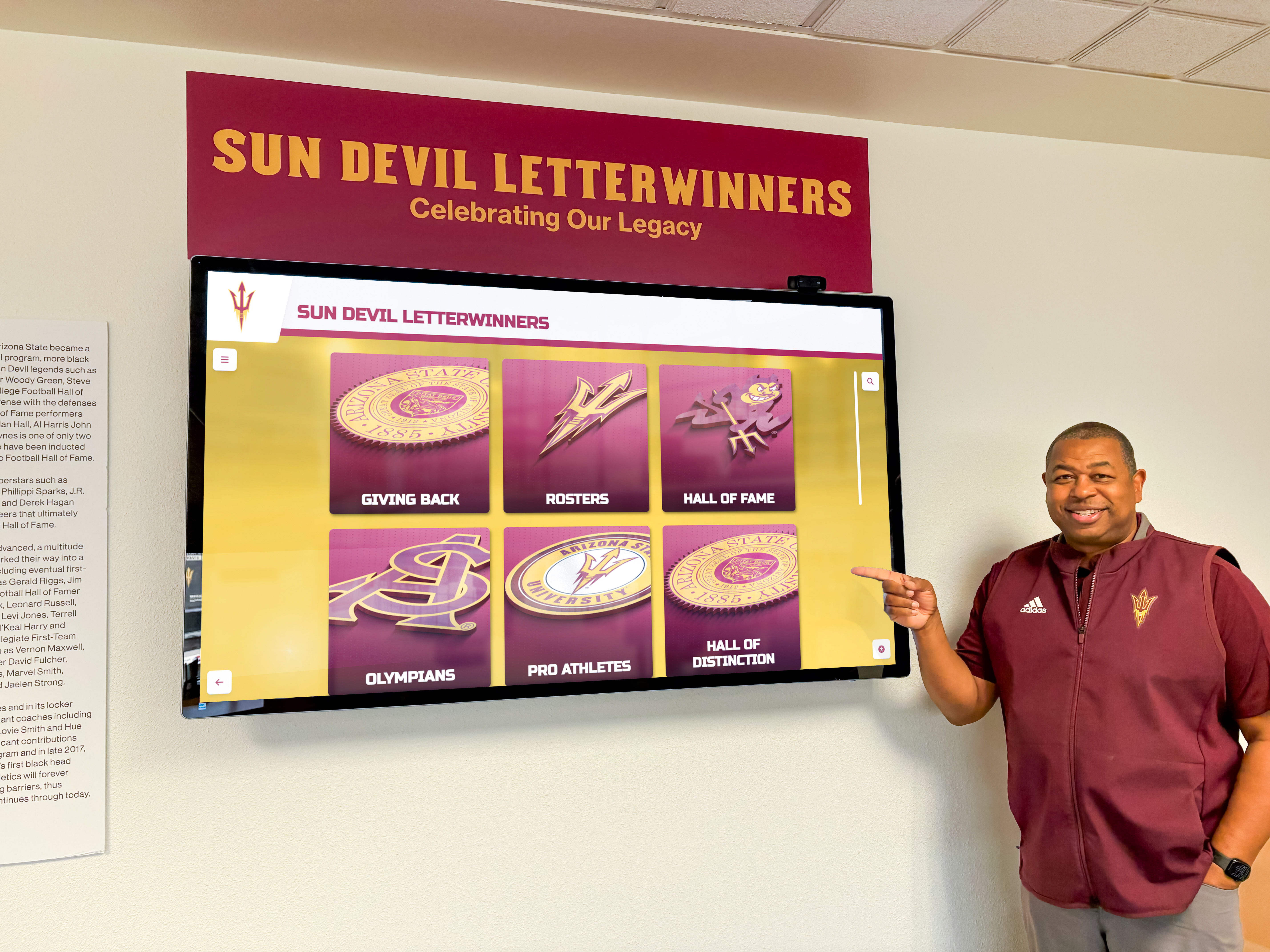Key Takeaways
Explore the complete history of USA Hockey from 1920 to today. Discover Miracle on Ice, Olympic gold medals, World Championship victories, legendary players, and how digital displays preserve hockey heritage.
The Early Years: Founding and Amateur Beginnings (1920-1960)
USA Hockey’s origins trace back to 1920 when the United States of America Amateur Hockey Association was formed to govern amateur hockey in America. This organization would eventually evolve into USA Hockey, the sport’s current national governing body.
The early decades of American hockey were characterized by amateur competition, regional development, and gradual growth in popularity. While ice hockey had been played in the United States since the late 1800s, organized national-level competition and international representation remained limited.
Key developments during the founding era:
- 1920: Formation of USA Amateur Hockey Association
- 1924: First U.S. Olympic hockey team competes at Chamonix Winter Olympics
- 1933: USA wins first World Championship silver medal
- 1950s: Growth of collegiate hockey programs nationwide
- 1960: U.S. wins stunning Olympic gold medal at Squaw Valley
These formative years established the organizational structure and competitive foundation that would support American hockey's future growth and international success.
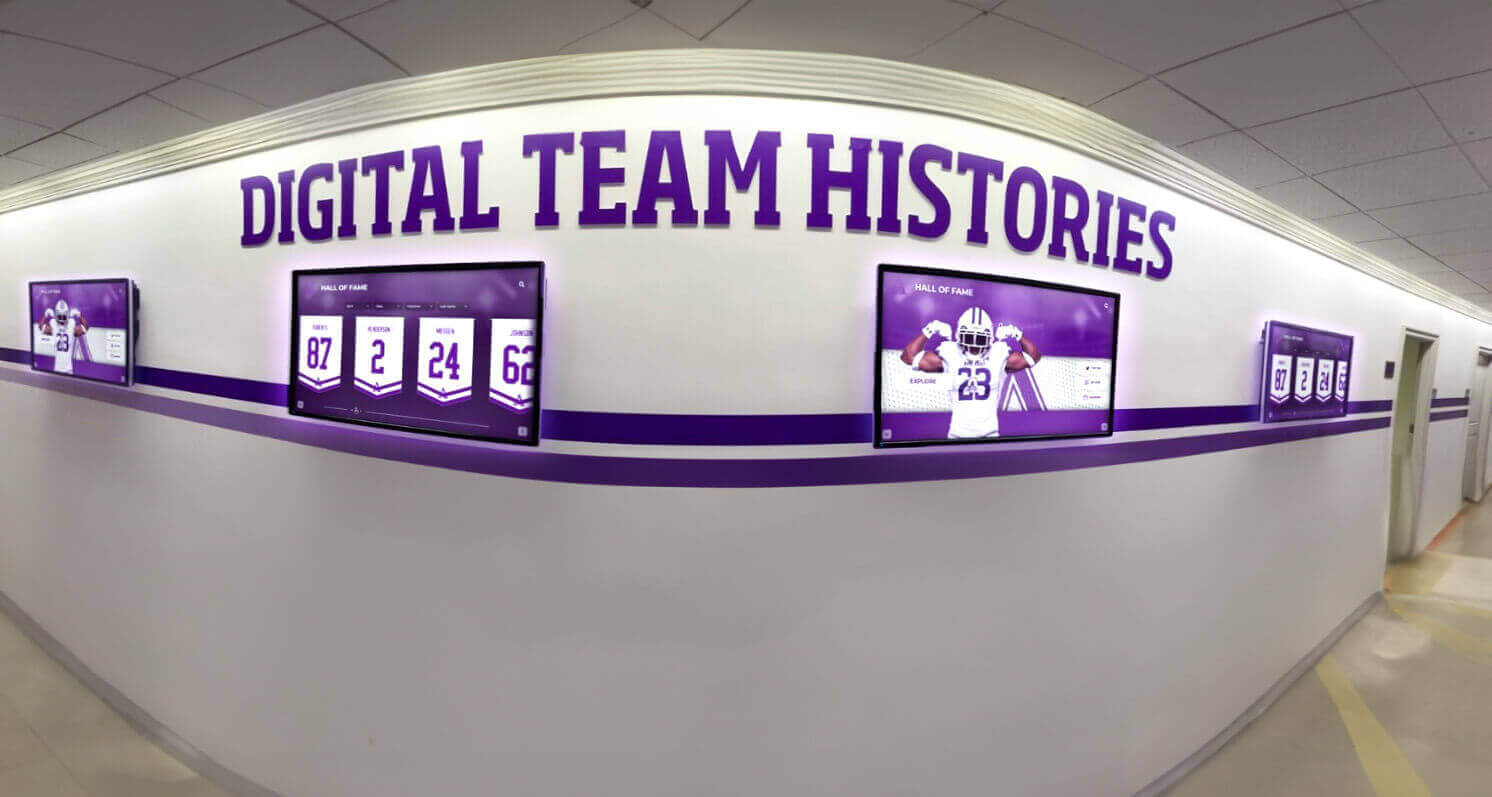
1960 Olympic Gold: The First Miracle
The 1960 Winter Olympics in Squaw Valley, California, produced America’s first Olympic hockey gold medal in a stunning upset that foreshadowed the more famous 1980 Miracle on Ice. The U.S. team, composed entirely of amateur and collegiate players, defeated the powerful Soviet Union and Czechoslovakia to capture gold on home ice.
This championship demonstrated that American hockey could compete with the world’s elite programs and inspired increased investment in youth hockey development across the country. The 1960 team’s achievement remained America’s only Olympic hockey gold medal for two decades.

The 1970s: Growth and Professional Development
The 1970s represented a transformational decade for American hockey. The expansion of the National Hockey League to include more U.S.-based teams, combined with growing youth hockey participation, created infrastructure for sustainable growth.
Key Developments of the 1970s
🏒 NHL Expansion
Addition of multiple U.S.-based NHL franchises expanded professional opportunities for American players and increased hockey's visibility in new markets.
🎓 Collegiate Growth
University hockey programs expanded nationwide, particularly in traditional hockey states like Minnesota, Michigan, and Massachusetts, developing elite amateur talent.
🥅 Youth Development
USA Hockey implemented systematic youth development programs that would eventually produce generations of skilled American players competitive at the highest international levels.
🌍 International Competition
Increased participation in World Championships and international tournaments provided competitive experience for American teams against elite global competition.
Organizations preserving hockey history often utilize comprehensive recognition programs similar to ice hockey record boards that celebrate achievements across multiple eras and competition levels.
Professional American Players Emerge
The 1970s saw the emergence of elite American-born NHL players who proved Americans could compete at professional hockey’s highest level. Players like Tony Esposito, Mike Ramsey, and others demonstrated the increasing quality of American hockey development.
This professional success created role models for young American players and demonstrated that hockey careers offered viable paths for talented American athletes, not just those from traditional hockey nations like Canada, Russia, and Sweden.
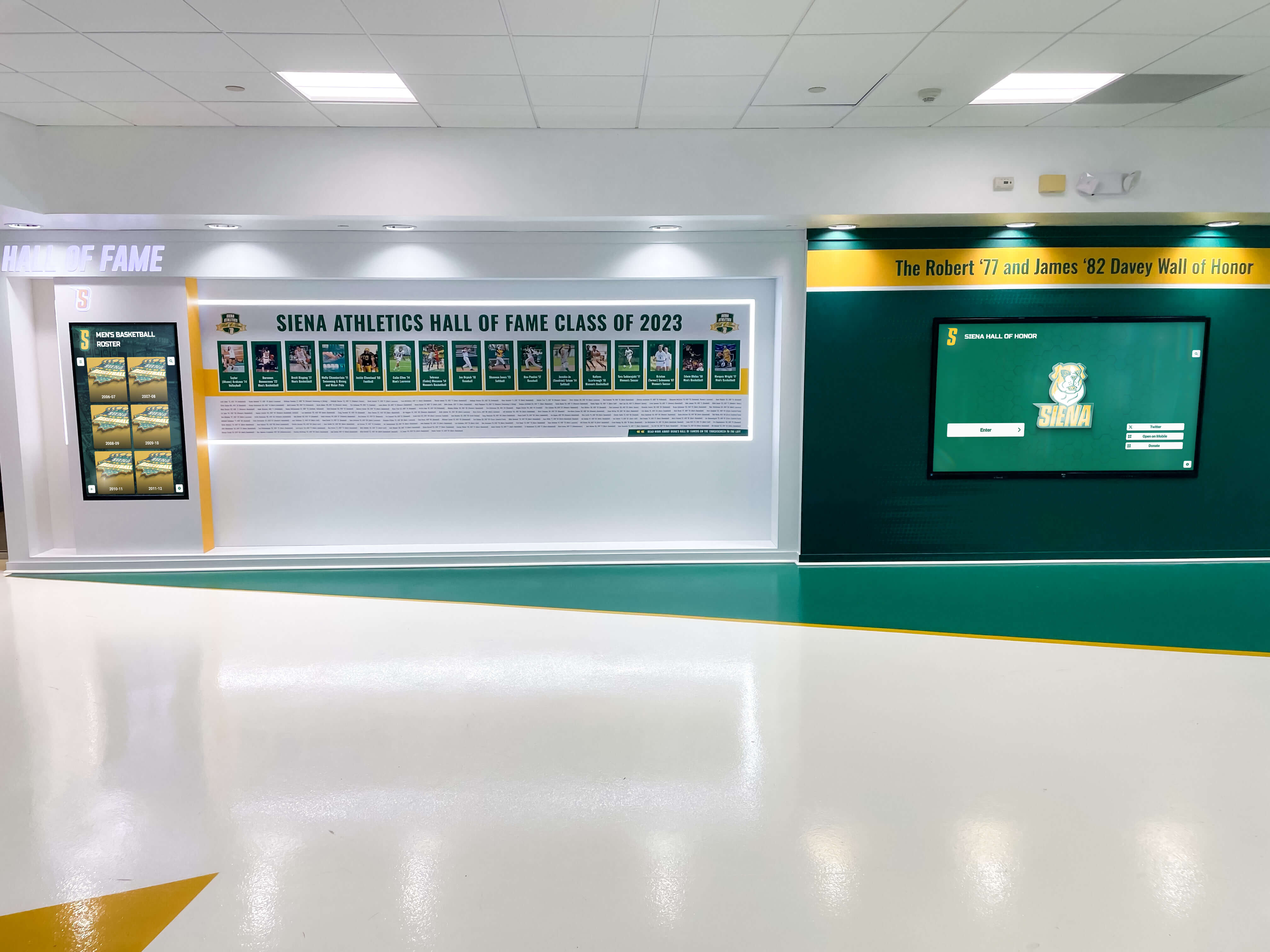
The Miracle on Ice: 1980 Olympic Gold Medal
The 1980 Winter Olympics in Lake Placid, New York, produced the most iconic moment in American hockey history and one of the greatest sporting achievements of the 20th century. The U.S. Olympic hockey team’s gold medal run captivated the nation and transformed American hockey forever.
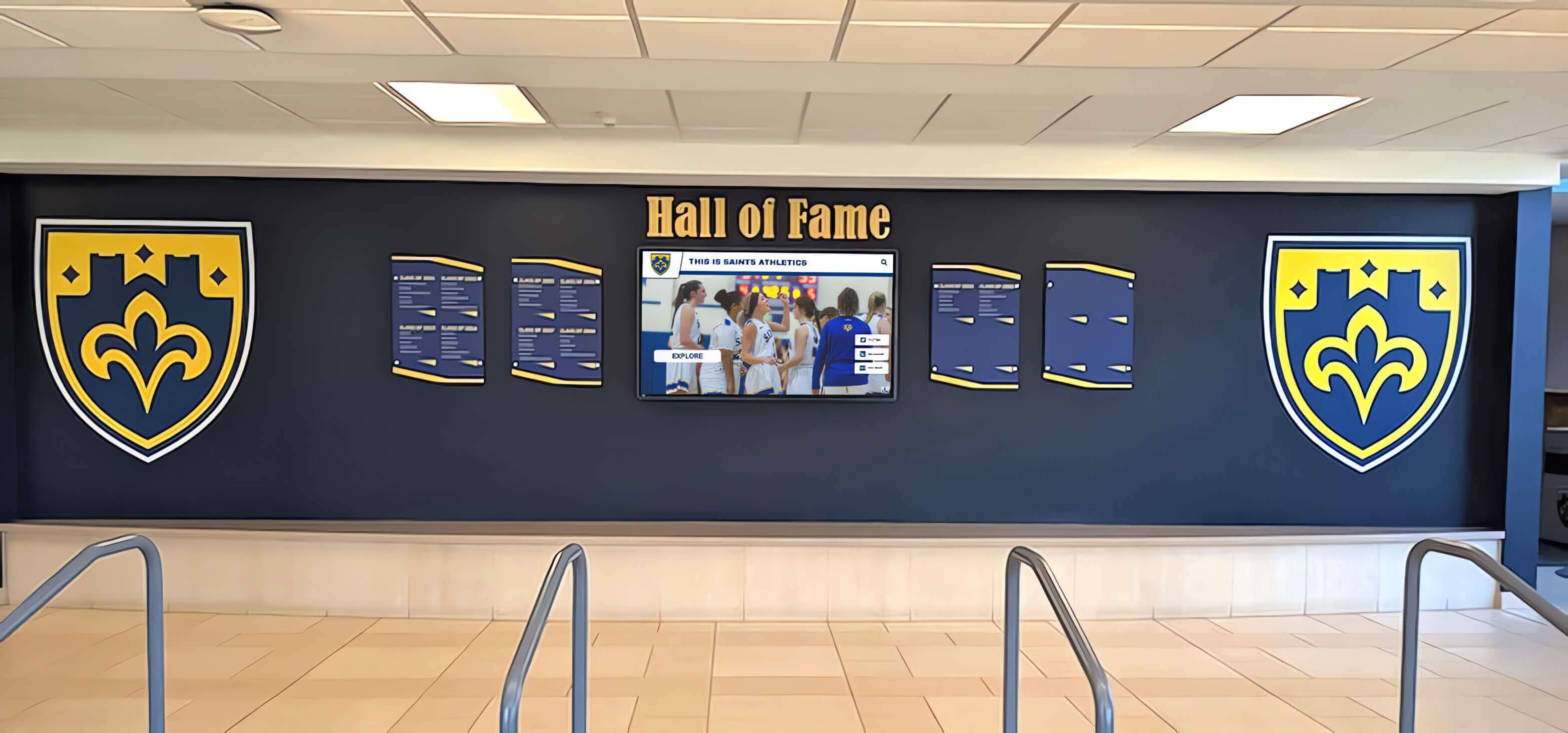
The Team and the Journey
Head coach Herb Brooks assembled a team of college players from rival programs and molded them into a cohesive unit through demanding training and a revolutionary system blending North American and European hockey styles.
The roster featured future NHL stars and hockey legends:
- Mike Eruzione (Captain): Scored the game-winning goal against the Soviet Union
- Jim Craig (Goaltender): Delivered heroic performances throughout the tournament
- Mark Johnson: Key offensive catalyst and clutch goal scorer
- Ken Morrow: Defensive stalwart who later won four Stanley Cups
- Neal Broten: Skilled playmaker who became an NHL star
Brooks' demanding preparation and innovative tactics prepared the team for the tournament's physical and mental challenges.
The Miracle Game: USA vs. Soviet Union
On February 22, 1980, the United States faced the Soviet Union in the medal round. The Soviet team had won four consecutive Olympic gold medals and dominated international hockey for decades. Most observers expected a comfortable Soviet victory.
The game unfolded dramatically. The Soviets led 3-2 after two periods, but Mark Johnson tied the game early in the third period. Then, with exactly 10 minutes remaining, team captain Mike Eruzione fired a shot from the left circle that beat Soviet goaltender Vladislav Tretiak, giving the U.S. a 4-3 lead.
The final minutes featured legendary play-by-play announcer Al Michaels’ immortal call: “Do you believe in miracles? YES!” as the clock expired on America’s stunning 4-3 victory. The win represented far more than a hockey game—it symbolized American resilience during a challenging period in the nation’s history.
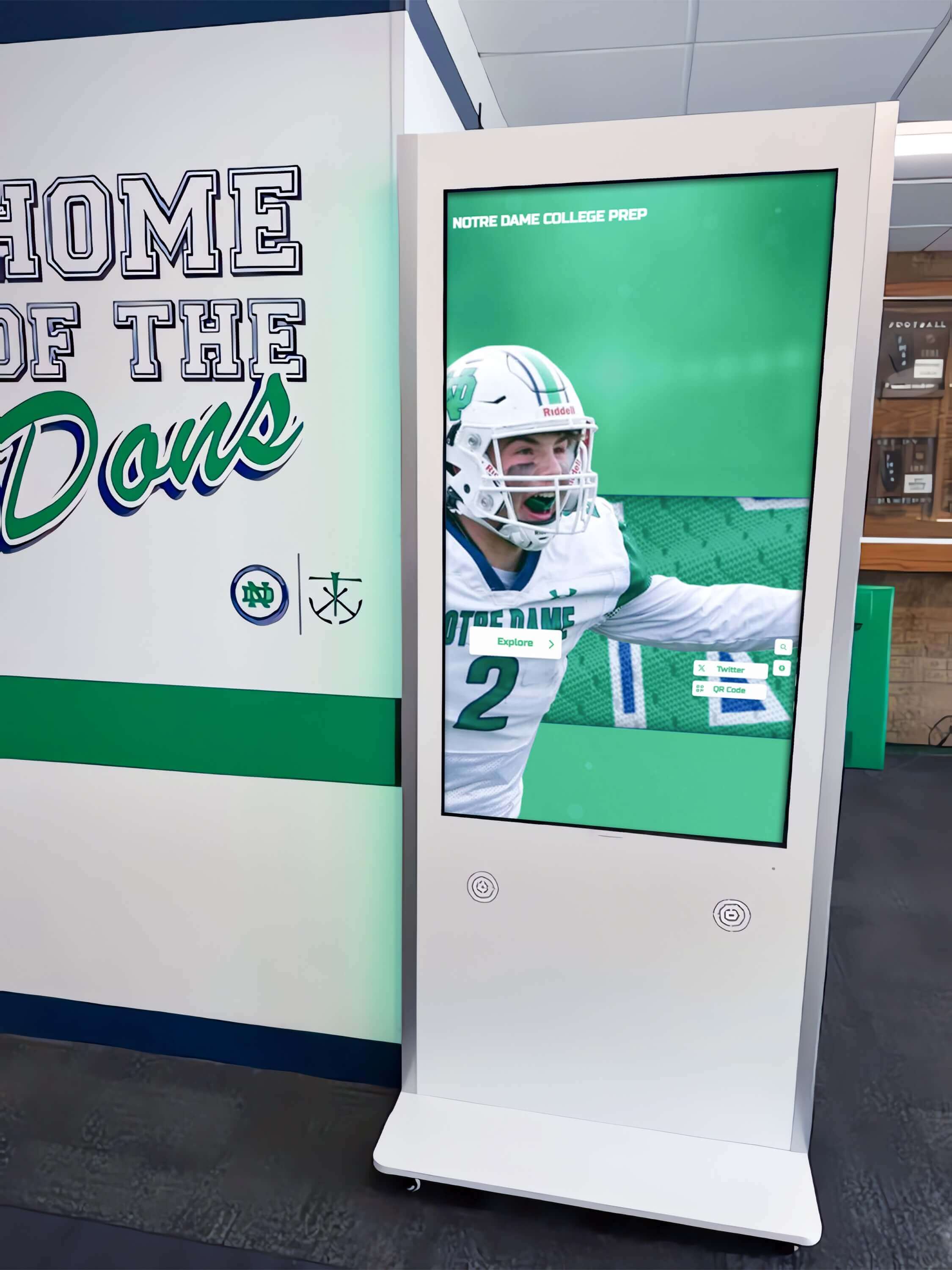
Completing the Gold Medal Run
While the Soviet victory captured national attention, the U.S. still needed to defeat Finland two days later to secure the gold medal. In another dramatic comeback, the Americans rallied from a 2-1 deficit to win 4-2, completing their improbable championship run.
The gold medal ceremony featured the entire team standing on the top podium together—a powerful image of unity and team achievement that remains one of sports’ most memorable scenes. The 1980 Miracle on Ice inspired a generation of young Americans to take up hockey and demonstrated that American hockey belonged among the world’s elite.
Modern recognition programs can showcase these historic moments through comprehensive team recognition displays that celebrate both individual contributors and collective achievement.

Post-Miracle Growth: 1980s and 1990s
The Miracle on Ice’s impact on American hockey proved immediate and sustained. Youth hockey participation surged, particularly in non-traditional hockey states. The sport’s increased visibility attracted athletes, families, and communities who had never seriously considered hockey.
American Hockey Growth Following 1980
Youth Participation Explosion
- Registration Growth: Youth hockey registration increased dramatically in the 1980s
- Geographic Expansion: Hockey programs emerged in southern and western states
- Girls Hockey: Women's hockey participation began significant growth
- Infrastructure Investment: Communities built new rinks and facilities
- Coaching Development: USA Hockey implemented coaching education programs
Elite Development Success
- NHL Draft: More American players selected in early rounds
- College Hockey: U.S. universities competed with Canadian junior leagues for top talent
- International Success: U.S. teams competed consistently at World Championships
- Professional Opportunities: American players became NHL stars and Olympic team leaders
- Development Programs: National Team Development Program launched in 1996
Institutions celebrating sustained athletic excellence often implement comprehensive recognition strategies that showcase achievement across decades—approaches applicable to national hockey program success.
1996 World Cup of Hockey Victory
In 1996, the United States won the inaugural World Cup of Hockey, defeating Canada in a best-of-three final series. This championship, featuring NHL players representing their countries, proved that American hockey had reached elite status, capable of defeating traditional powers in best-on-best competition.
The World Cup victory demonstrated the depth and quality of American hockey talent at the professional level, validating decades of development work and inspiring continued growth.

Women’s Hockey: Olympic Dominance and Growth
While men’s hockey captured initial attention, American women’s hockey achieved even more sustained international success, dominating the sport from the moment women’s hockey became an Olympic sport in 1998.
U.S. Women's Hockey Olympic Achievement
Gold Medal Championships
- 1998 Nagano: Won inaugural women's Olympic gold medal, defeating Canada in the final
- 2018 Pyeongchang: Captured second Olympic gold in thrilling shootout victory over Canada
- Multiple Medals: Won silver medals in 2002, 2010, and 2014, consistently reaching finals
- World Championships: Won multiple World Championship gold medals throughout history
- Sustained Excellence: Consistently ranked among world's top two teams for over 25 years
These achievements demonstrate systematic excellence and sustained commitment to women's hockey development. Solutions like Rocket Alumni Solutions help organizations preserve and celebrate comprehensive team and individual achievements through modern digital recognition platforms.

Legendary Women’s Players
American women’s hockey has produced numerous Olympic and World Championship heroes who became icons of the sport:
Cammi Granato: The first captain of the U.S. women’s Olympic team and first woman inducted into the Hockey Hall of Fame. Granato led the 1998 gold medal team and served as the face of women’s hockey for a generation.
Angela Ruggiero: Four-time Olympian who won gold in 1998 and silver in three other Olympics. One of the sport’s greatest defensemen who later became an advocate for Olympic sports.
Hilary Knight: Modern era superstar who has competed in multiple Olympics and World Championships, combining elite skill with physical dominance. Knight represents the current generation of American women’s hockey excellence.
Jenny Potter: Five-time Olympian who competed from 1998-2010, demonstrating remarkable longevity and consistency at the highest level.
Organizations recognizing legendary athletic careers often utilize comprehensive recognition programs that celebrate individual excellence while maintaining team achievement context.

The 21st Century: Consistent Excellence
The 2000s and beyond have seen American hockey establish itself as a consistent world power at both men’s and women’s levels, with regular medal contention at Olympics and World Championships.
Men’s Hockey Modern Era Success
While American men’s teams haven’t replicated the Olympic gold medal success of 1960 and 1980, they’ve consistently competed at elite levels:
2002 Salt Lake City Olympics: Silver medal on home ice, losing to Canada in the gold medal game in one of Olympic hockey’s most memorable contests.
2010 Vancouver Olympics: Silver medal, again falling to Canada in a thrilling overtime final that captivated both nations.
World Championship Medals: Regular medal contention at World Championships, with bronze medals in 2004, 2013, 2015, and 2021 demonstrating consistent competitiveness.
NHL Dominance: American players have become NHL stars, with U.S.-born players winning Hart Trophies (MVP), Norris Trophies (best defenseman), and other major awards regularly.

Legendary American Hockey Players
American hockey history features numerous Hall of Fame players who defined excellence and inspired generations of young hockey players.
All-Time USA Hockey Legends
Mike Modano
All-time leading American-born NHL scorer with 561 goals and 1,374 points. Eight-time All-Star who led Dallas Stars to 1999 Stanley Cup championship.

Pat LaFontaine
Prolific scorer who recorded 468 goals and 1,013 points in NHL career. Known for skill, speed, and competitive excellence throughout 15-season career.

Brian Leetch
Greatest American-born defenseman in NHL history. Won two Norris Trophies and led New York Rangers to 1994 Stanley Cup championship.
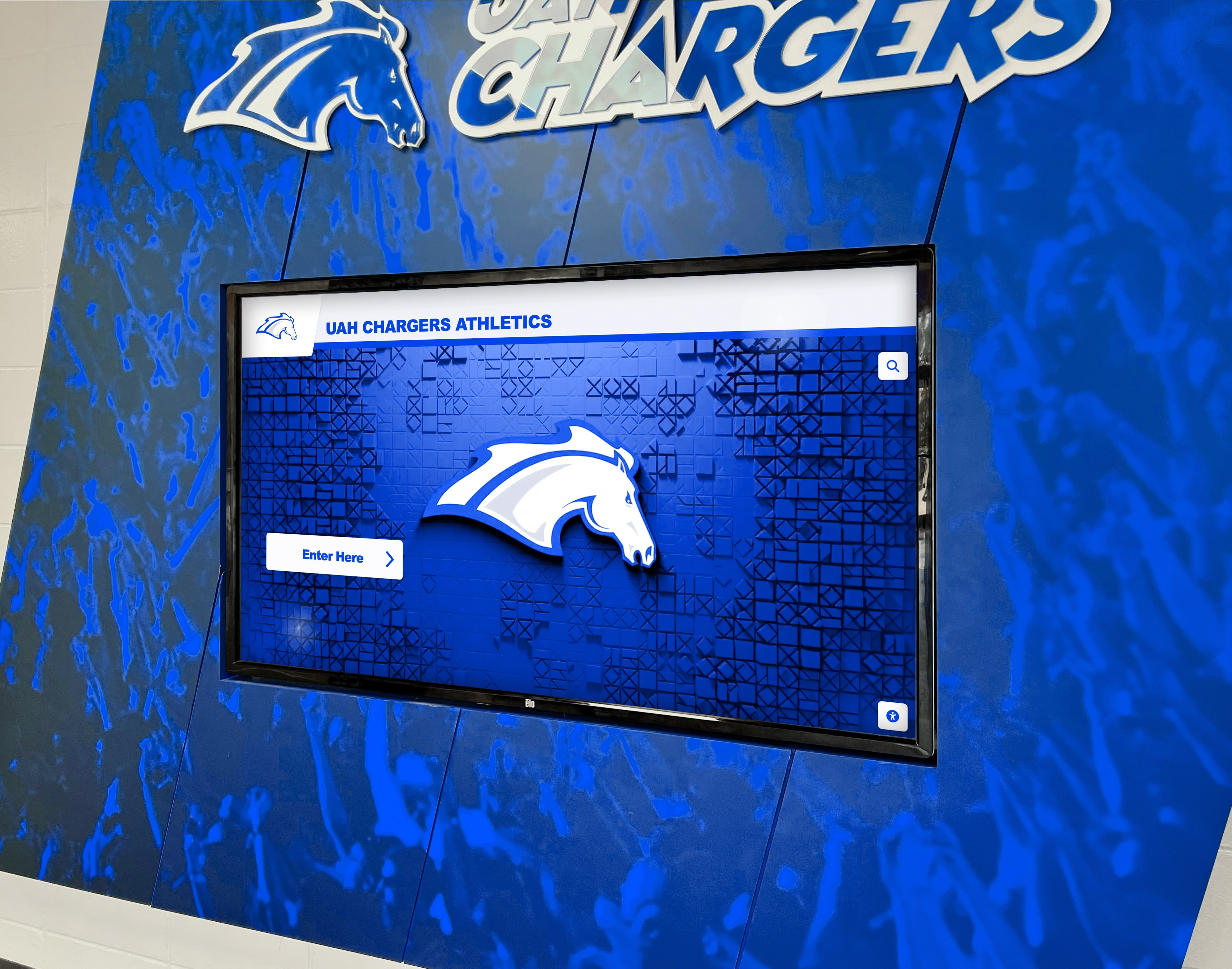
Chris Chelios
Defenseman who played 26 NHL seasons, winning three Norris Trophies. Represented USA in multiple Olympics and World Championships across three decades.
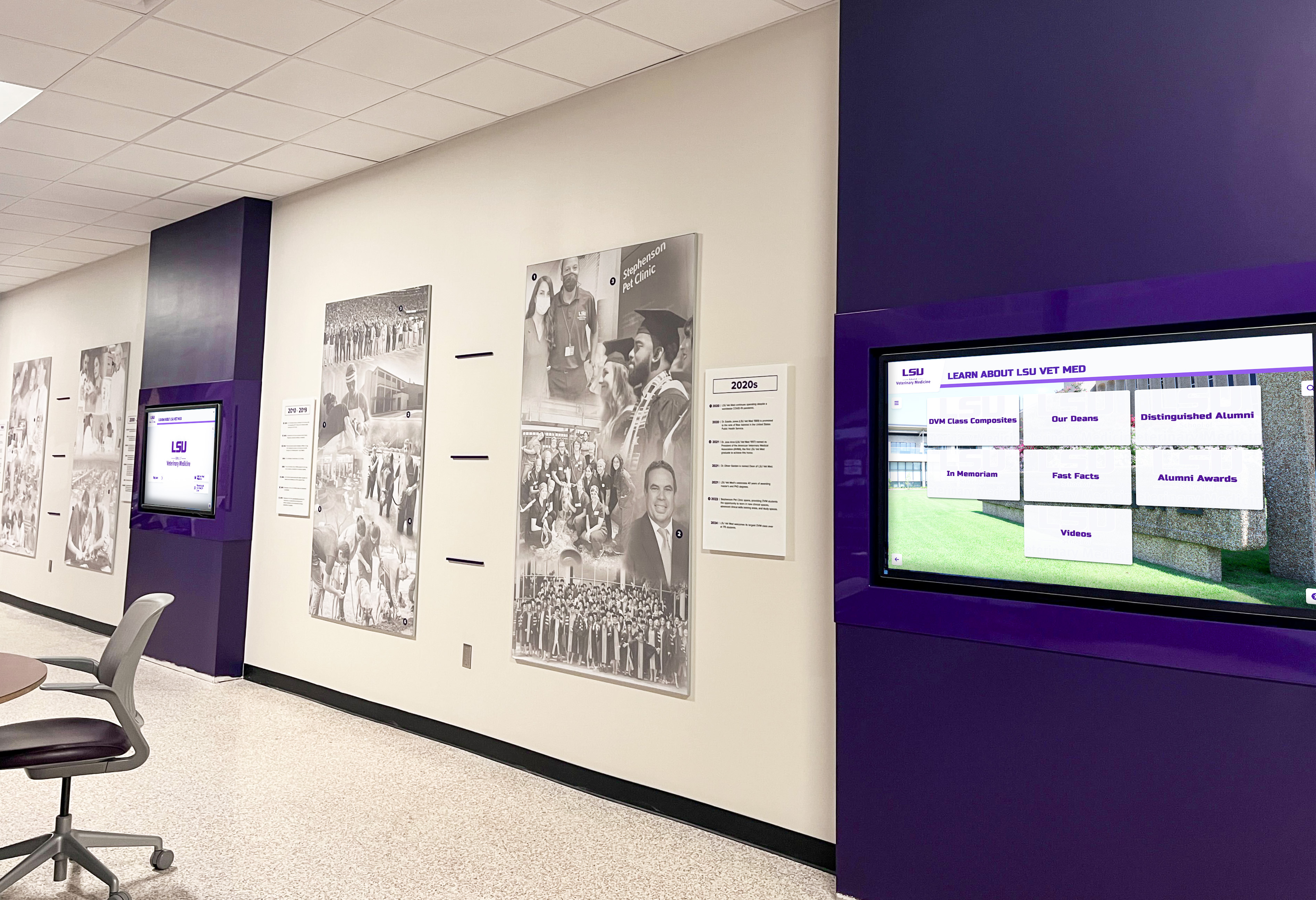
Patrick Kane
Three-time Stanley Cup champion with Chicago Blackhawks. Won Hart Trophy as league MVP and demonstrated elite offensive skill throughout career.
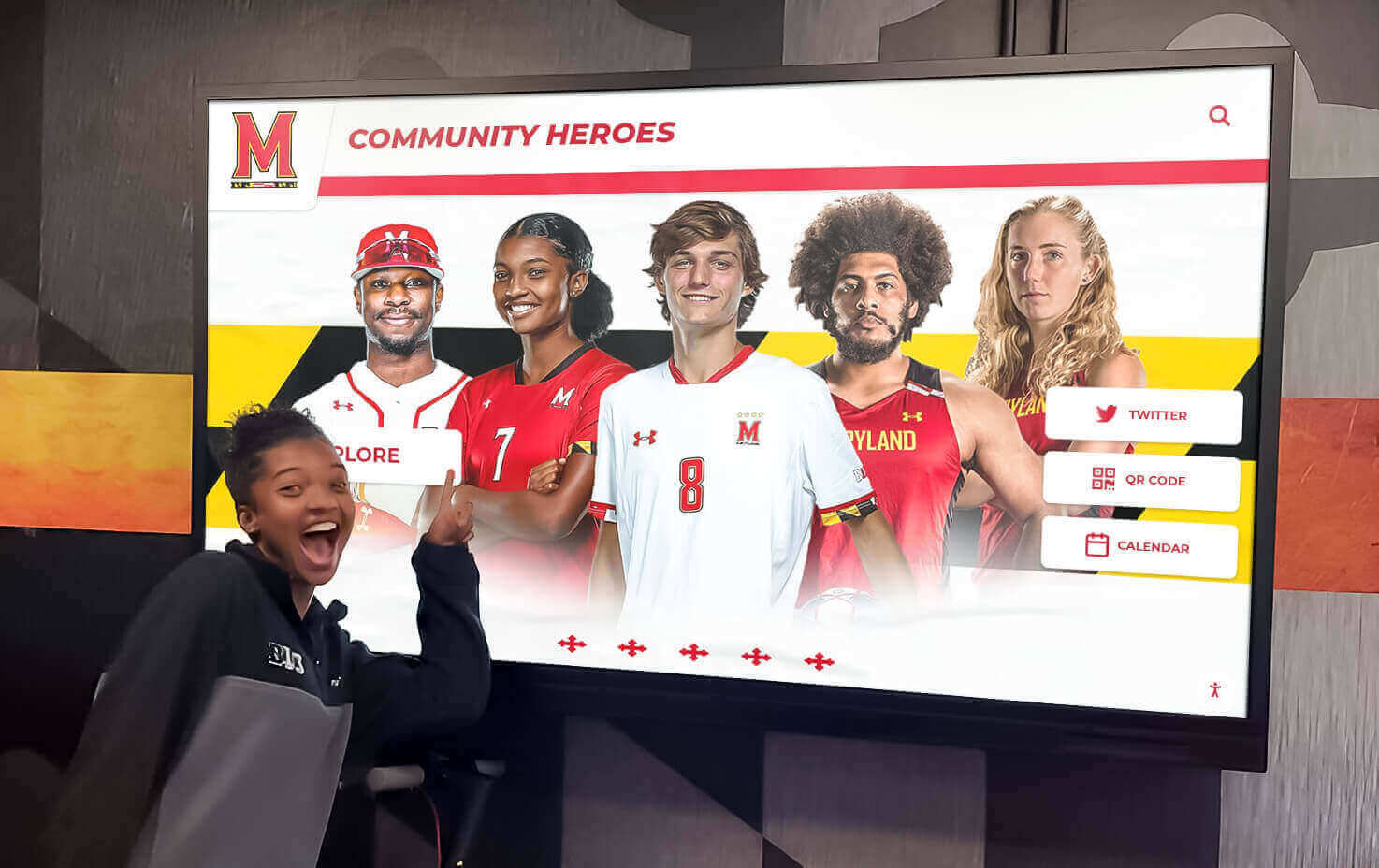
Auston Matthews
Modern superstar who became first American-born player to lead NHL in goal scoring multiple times. Represents new generation of elite American talent.

Understanding how to properly celebrate individual legends while maintaining team context is essential for any recognition program. Resources on professional athlete recognition provide insights applicable to hockey legend celebration.
USA Hockey’s National Team Development Program
One of USA Hockey’s most significant initiatives has been the National Team Development Program (NTDP), launched in 1996. This program brings elite 16-17 year old players to Ann Arbor, Michigan, where they train together while competing against collegiate teams and international competition.
NTDP Success and Impact
The NTDP has become one of the world’s premier hockey development programs:
NHL Draft Success: NTDP alumni are consistently selected early in NHL drafts, with multiple first overall picks emerging from the program.
Olympic Representation: Significant percentages of U.S. Olympic teams feature NTDP alumni, demonstrating the program’s effectiveness in developing elite players.
Systematic Development: The program provides world-class coaching, training facilities, and competitive experience that accelerates player development.
College Pipeline: NTDP graduates who attend college arrive as highly-skilled players ready to contribute immediately at the NCAA level.
International Success: The program’s Under-17 and Under-18 teams compete internationally, regularly winning medals at age-group World Championships.
The NTDP represents USA Hockey’s commitment to systematic elite player development, ensuring a consistent pipeline of talent for professional, Olympic, and World Championship teams.

High School and Youth Hockey Growth
American youth hockey participation has expanded dramatically since the 1980 Miracle on Ice, with programs now established nationwide, including non-traditional hockey states.
Geographic Expansion
While traditional hockey states like Minnesota, Michigan, Massachusetts, and New York continue producing elite players, significant growth has occurred in diverse regions:
Sunbelt States: Arizona, Texas, Florida, and California have developed substantial youth hockey infrastructures with competitive programs producing college and professional players.
Southeast Growth: North Carolina, Tennessee, and Georgia have built youth hockey programs where the sport barely existed decades ago.
Youth Hockey Success: Many communities have built comprehensive youth hockey systems spanning all age groups with qualified coaching and competitive opportunities.
Programs celebrating youth athletic achievement can utilize systematic recognition approaches similar to those used for student-athlete recognition in schools.
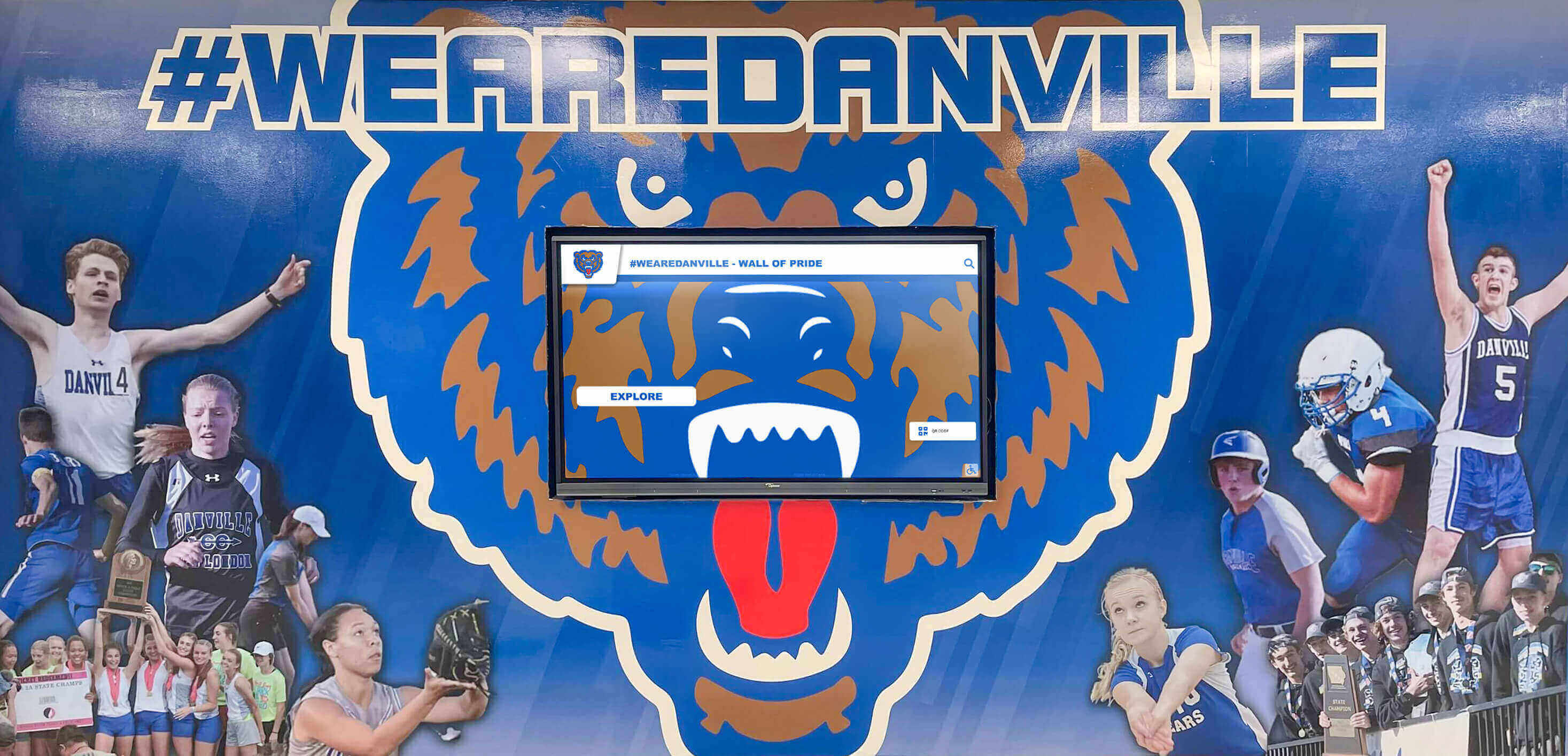
Minnesota Hockey Tradition
Minnesota deserves special recognition as the “State of Hockey,” producing more NHL players per capita than any U.S. state. The Minnesota high school hockey tournament represents one of American hockey’s great traditions, with the state tournament attracting massive crowds annually.
Minnesota’s hockey culture demonstrates what systematic community investment in youth sports can achieve. The state’s combination of tradition, facilities, coaching, and passion creates an environment where young players can develop elite skills while competing at high levels.
Organizations in hockey-rich communities often implement specialized recognition programs celebrating local hockey tradition and NHL player development.

College Hockey’s Role in American Development
NCAA college hockey has played a crucial role in American hockey development, providing elite development opportunities that bridge the gap between youth hockey and professional careers.
Major College Hockey Conferences
Hockey East: Featuring traditional powers like Boston College, Boston University, and Massachusetts, this conference produces numerous NHL players annually.
Big Ten: Michigan, Minnesota, Wisconsin, and other major universities compete in hockey alongside traditional sports, providing visibility and resources.
NCHC: The National Collegiate Hockey Conference features elite programs like North Dakota, Denver, and Minnesota Duluth that consistently compete for national championships.
ECAC: The Ivy League schools and others in this conference balance academic excellence with competitive hockey.
The Frozen Four
The NCAA Division I Men’s Ice Hockey Championship, culminating in the Frozen Four, represents American college hockey’s showcase event. The tournament features intense competition, passionate fan bases, and showcases future professional talent.
College hockey’s appeal lies in combining elite athletics with academic pursuits, offering pathways beyond professional hockey for talented players. Many American NHL players developed their skills in NCAA programs before turning professional.
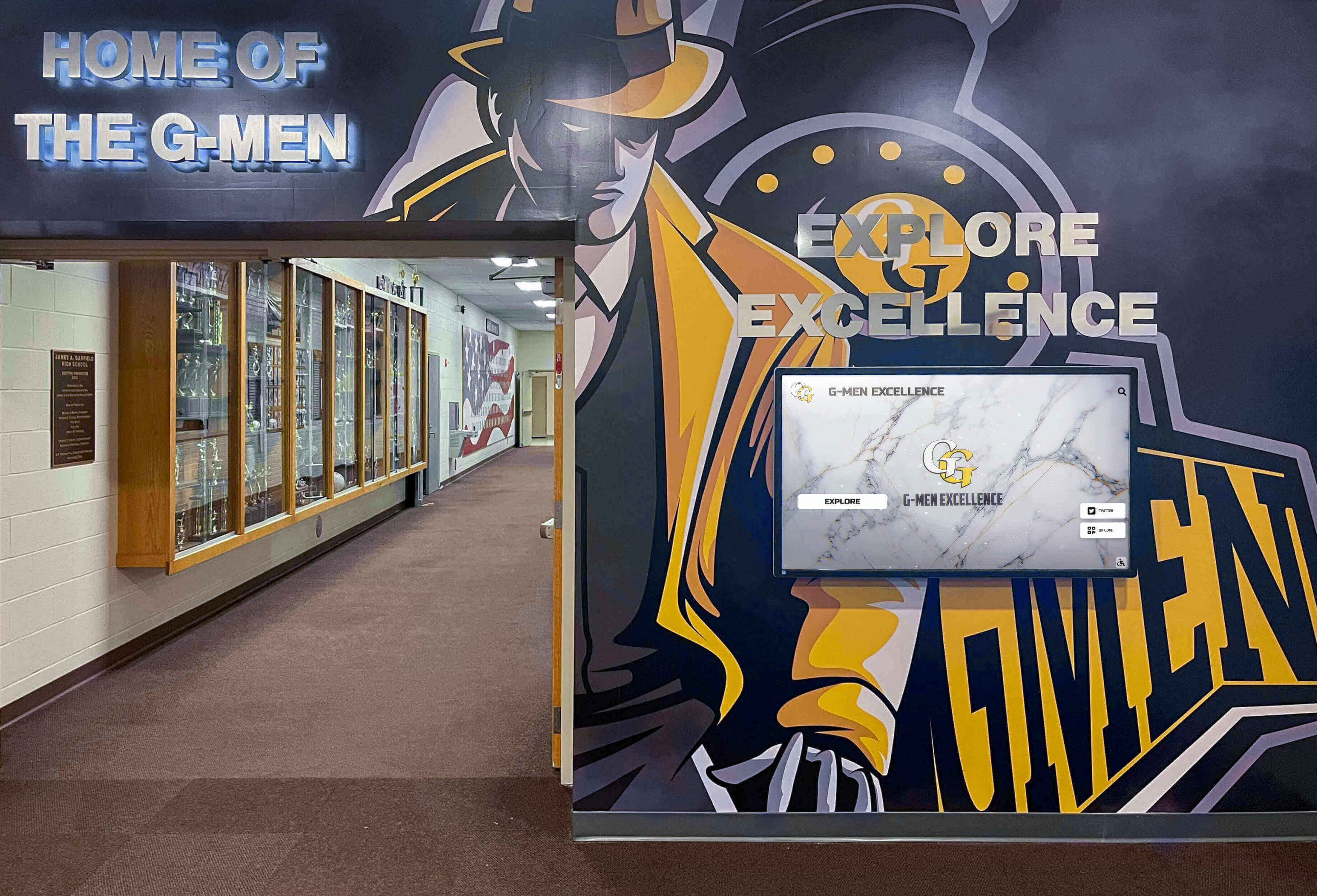
USA Hockey’s Organizational Structure and Mission
USA Hockey serves as the national governing body for ice hockey in the United States, with responsibilities spanning youth development through Olympic teams.
Core Responsibilities
Membership Services: USA Hockey registers and serves over 600,000 members annually, including players, coaches, officials, and volunteers at all levels.
Coaching Education: Comprehensive coaching education programs ensure quality instruction at youth through elite levels, improving player development nationwide.
Safety Initiatives: USA Hockey has implemented safety programs focused on reducing injuries, particularly concussions, through rule changes and education.
Officials Development: Training and certifying hockey officials ensures proper game management at all competitive levels.
National Team Programs: Managing men’s and women’s national teams across multiple age groups for Olympic and World Championship competition.
Disability Hockey: Promoting and developing hockey opportunities for players with disabilities, including sled hockey programs.
These diverse responsibilities demonstrate USA Hockey’s comprehensive approach to growing and sustaining the sport across all levels and populations.
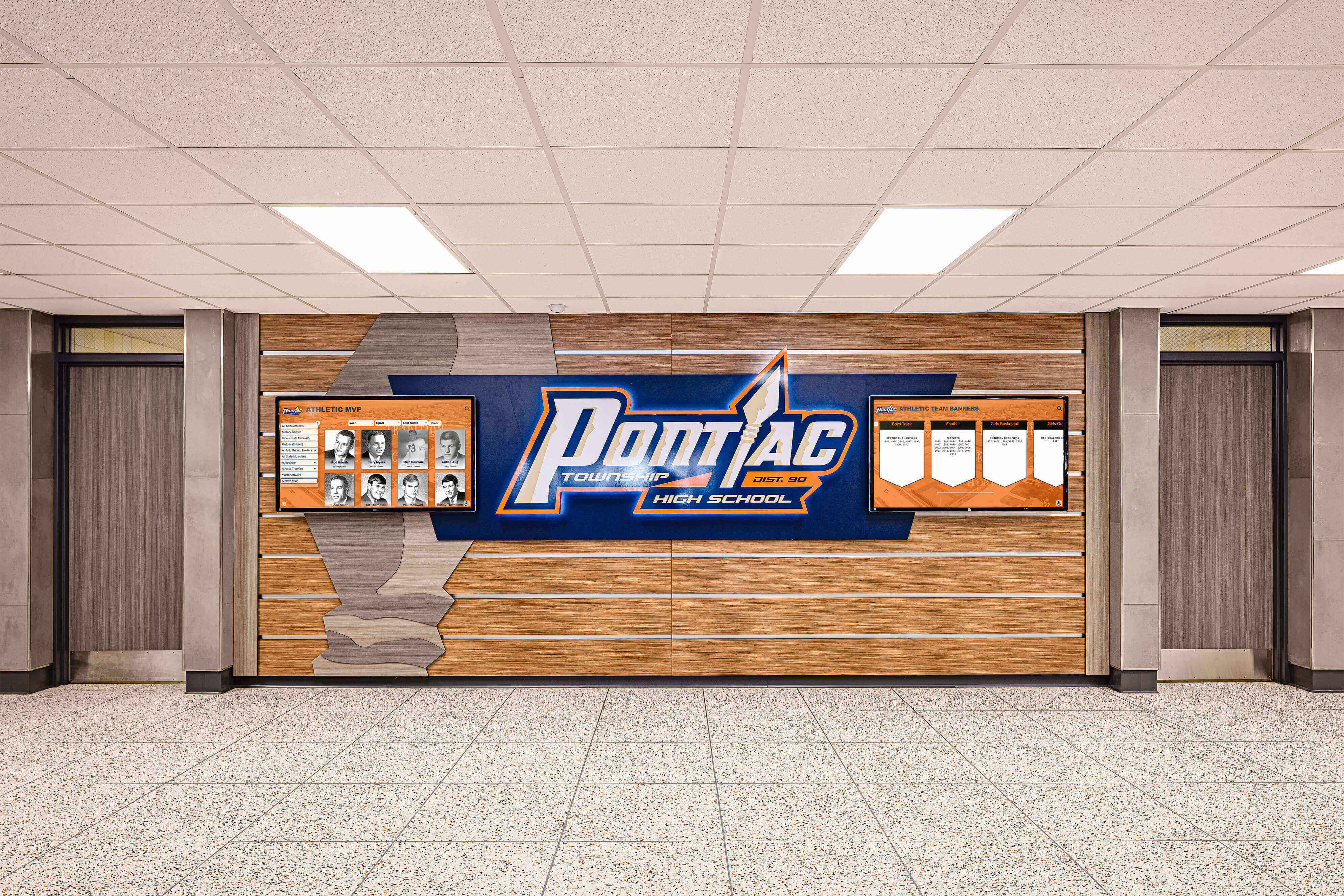
Preserving USA Hockey History Through Modern Recognition
The rich history of USA Hockey and American hockey excellence deserves preservation and celebration that allows new generations to understand and appreciate the traditions, achievements, and legends that built this sporting legacy.
Traditional Recognition Methods
USA Hockey and affiliated organizations utilize various traditional approaches to honor history:
- Hockey Hall of Fame: U.S. Hockey Hall of Fame in Eveleth, Minnesota honors American hockey legends
- Olympic Displays: Museums and facilities showcase Olympic medals and memorabilia
- Team Banners: Championship banners in arenas commemorate great teams
- Physical Exhibits: Static displays in hockey facilities celebrate local hockey history
- Publications: Books and media documenting American hockey achievements
These traditional methods provide important physical presence and create memorable experiences for visitors to hockey facilities and museums.
Digital Recognition Enhancement
Modern technology enables enhanced preservation and accessibility of hockey history. Digital recognition solutions offer significant advantages for celebrating comprehensive organizational achievement:
Unlimited Content Capacity: Digital platforms can showcase every player, every championship, and every memorable moment without space constraints limiting physical displays.
Rich Multimedia Integration: Video highlights of the Miracle on Ice, women’s Olympic gold medal games, or Patrick Kane’s Stanley Cup overtime goals bring history to life beyond static photographs.
Interactive Exploration: Fans can search for specific players, filter by era or achievement level, explore statistical leaders, and discover connections between different periods of American hockey history.
Remote Accessibility: Web-based platforms allow hockey fans worldwide to explore USA Hockey history from anywhere, democratizing access beyond those able to visit physical locations.
Easy Updates: As new achievements occur and new legends emerge, digital systems enable immediate updates without physical construction or installation costs.
Solutions like Rocket Alumni Solutions provide organizations with comprehensive digital recognition platforms specifically designed for celebrating institutional history, preserving achievements, and engaging communities—capabilities equally valuable for schools developing hockey programs and larger hockey organizations.
Organizations seeking to implement comprehensive historical recognition often explore proven strategies for creating hall of fame programs that balance tradition with modern technology.

High School Hockey Recognition Programs
High schools with hockey programs face unique challenges celebrating team and individual achievement within broader athletic recognition systems. Digital recognition solutions address these challenges effectively.
Comprehensive Hockey Recognition
Season-by-Season Archives: Document every season’s roster, results, and achievements with photos and statistics that preserve program history.
Individual Records: Maintain career scoring leaders, single-season records, goaltending achievements, and other statistical milestones that recognize individual excellence.
Championship Celebrations: Showcase conference championships, state tournament appearances, and title victories with comprehensive team recognition.
College Signing Recognition: Celebrate players earning collegiate hockey opportunities, demonstrating program quality and inspiring younger players.
Alumni Connections: Feature hockey alumni achievements at collegiate and professional levels, creating mentorship opportunities and program pride.
Schools implementing recognition programs often reference seasonal recognition approaches that can be adapted for hockey program needs.

Youth Hockey Program Recognition
Youth hockey organizations benefit from recognition programs that celebrate player development, team success, and program growth while building community engagement.
Youth Program Recognition Elements
Age-Level Championships: Document success at Mite, Squirt, Pee Wee, Bantam, and Midget levels, preserving program history across age groups.
Individual Milestones: Recognize scoring achievements, goaltending excellence, sportsmanship awards, and player development progress that motivates continued improvement.
Coaching Excellence: Honor volunteer coaches who dedicate countless hours to player development and program growth.
Tournament Success: Showcase state, regional, and national tournament achievements that demonstrate program competitiveness.
Program Growth: Document participation growth, facility development, and community impact that illustrate organizational success.
Youth sports organizations increasingly adopt recognition strategies that celebrate achievement while promoting continued participation and development.

The Future of USA Hockey
As USA Hockey moves forward, the organization faces both opportunities and challenges while working to sustain and expand American hockey excellence across all levels.
Current State and Direction
Following decades of growth and international success, USA Hockey continues pursuing excellence through:
Continued Development: Refining player development programs to maintain competitiveness with evolving global hockey standards.
Diversity and Inclusion: Expanding hockey access to diverse communities historically underrepresented in the sport, growing the player pool and enriching hockey culture.
Safety Leadership: Continuing safety innovations that protect players while maintaining hockey’s essential character and competitiveness.
Women’s Hockey Growth: Building on Olympic success to expand women’s hockey opportunities at all levels, including professional leagues.
Youth Participation: Addressing youth sports participation trends to ensure hockey remains accessible and attractive to families.
Emerging American Stars
The current generation of American players suggests continued excellence:
Auston Matthews, Jack Hughes, and Cole Caufield represent elite offensive talents dominating at the NHL level.
Adam Fox, Quinn Hughes, and Charlie McAvoy continue the tradition of American defensive excellence.
Connor Hellebuyck and Thatcher Demko demonstrate American goaltending has reached world-class levels.
These players and many others ensure American hockey will remain internationally competitive for decades to come, inspiring the next generation of youth hockey players across the country.
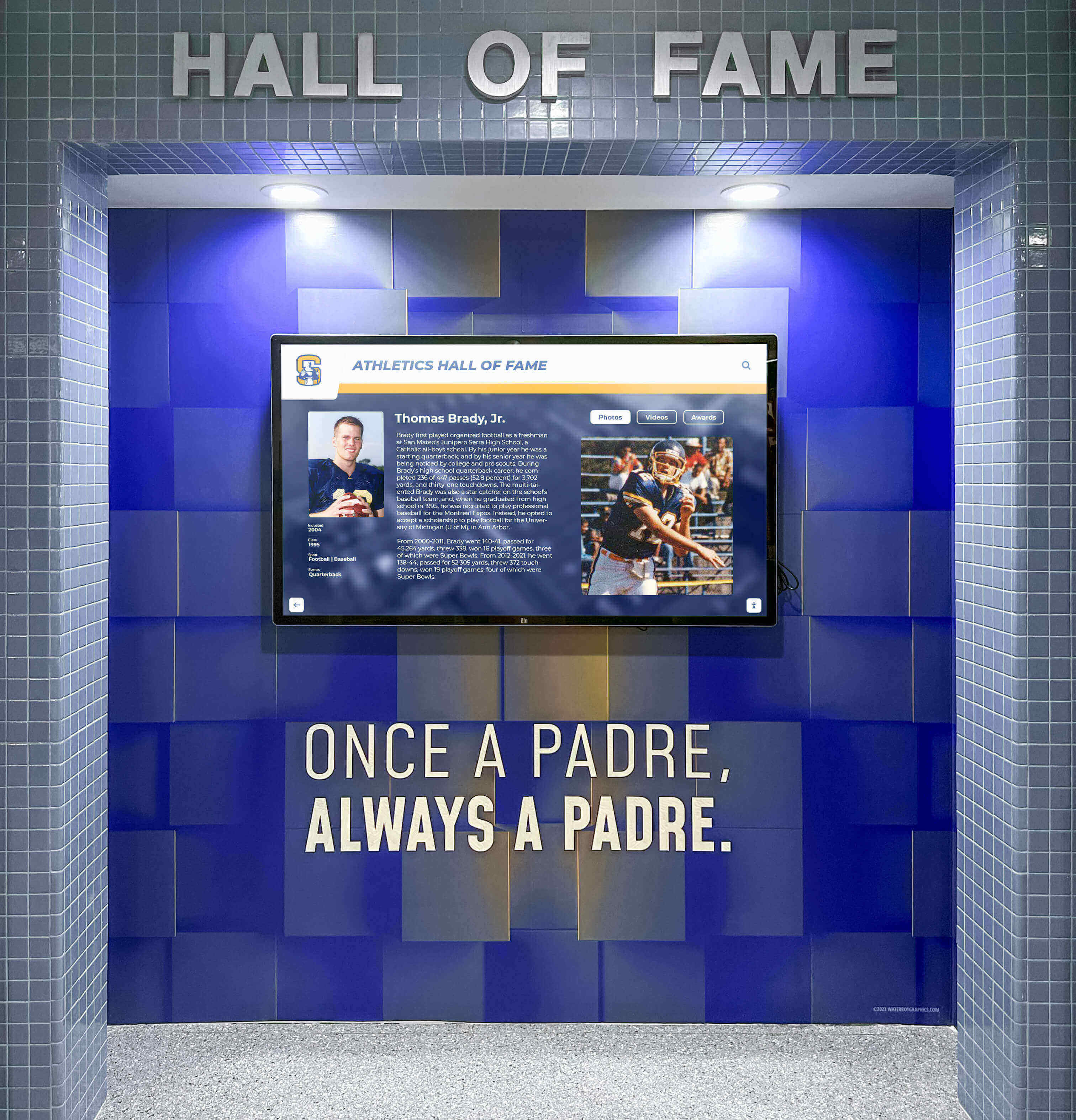
Lessons from USA Hockey History
USA Hockey’s journey offers numerous lessons about building sustainable excellence applicable beyond hockey to any competitive endeavor.
Building Winning Culture
Championship organizations share common characteristics that USA Hockey exemplifies:
Long-Term Investment: Sustained commitment to youth development, coaching education, and infrastructure creates foundations for success that pay dividends across generations.
Systematic Development: The NTDP and other development initiatives demonstrate that systematic talent identification and cultivation produces superior results to sporadic efforts.
Inspiring Moments Matter: The Miracle on Ice’s impact demonstrates how iconic achievements can transform organizational trajectories by inspiring participation and investment.
Inclusivity Drives Growth: Expanding hockey beyond traditional geographic and demographic boundaries creates larger talent pools and strengthens the sport’s foundation.
Excellence Standards: Consistently competing for Olympic and World Championship medals establishes expectation of excellence that motivates current and future participants.
These principles of organizational excellence apply whether building championship sports programs or pursuing excellence in education, business, or community organizations.
The Power of Recognition
USA Hockey’s commitment to honoring legends through Hall of Fame inductions, jersey retirements, and various recognition programs demonstrates understanding that celebrating past excellence inspires future achievement.
When young players learn about the Miracle on Ice, Cammi Granato’s Olympic gold medal, or Mike Modano’s NHL career, they understand the standards they’re pursuing. This connection to history creates both accountability and aspiration.
Organizations of all types benefit from similar recognition approaches. Schools honoring distinguished alumni, businesses celebrating founder legacies, and communities recognizing historical contributions all leverage recognition’s power to inspire excellence and strengthen organizational identity.
Modern comprehensive hall of fame programs enable organizations to systematically preserve history, celebrate achievement, and inspire future generations across various institutional contexts.

Conclusion
USA Hockey represents one of American sports' great success stories, transforming from international underdog to consistent world power across nearly a century of development and achievement. From the 1960 Olympic gold medal through the Miracle on Ice to modern men's and women's Olympic excellence, American hockey has produced unforgettable moments, legendary players, and championship teams that captured the nation's pride.
The sport's growth from regional winter pastime to nationwide competitive pursuit demonstrates what systematic development, sustained investment, and inspiring achievement can accomplish. Organizations like USA Hockey, combined with dedicated coaches, volunteers, families, and communities, built infrastructure supporting hundreds of thousands of players pursuing hockey excellence at all levels.
Legendary players like Mike Modano, Cammi Granato, Brian Leetch, Patrick Kane, and Hilary Knight wore USA jerseys with distinction, setting records and winning championships while inspiring generations of young American hockey players. Their achievements deserve preservation and celebration that allows future generations to understand the traditions they're inheriting.
Modern recognition technology enables comprehensive preservation of hockey history through interactive digital displays that can showcase every player, every championship, and every memorable moment without space constraints of traditional physical displays. These solutions provide schools, youth organizations, and hockey facilities with practical approaches to honoring history while engaging contemporary audiences.
Whether you're a lifelong hockey fan, a youth hockey parent, a high school athlete, or an organization seeking to preserve your own institutional traditions, USA Hockey's journey demonstrates how honoring the past inspires the future. American hockey will continue thriving for decades to come, carrying forward the proud traditions established by nearly a century of excellence on ice.
